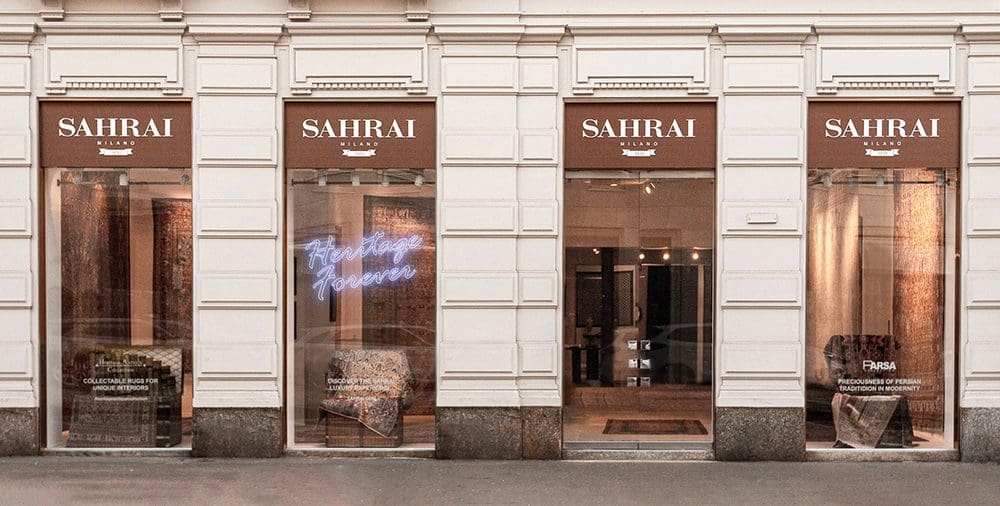

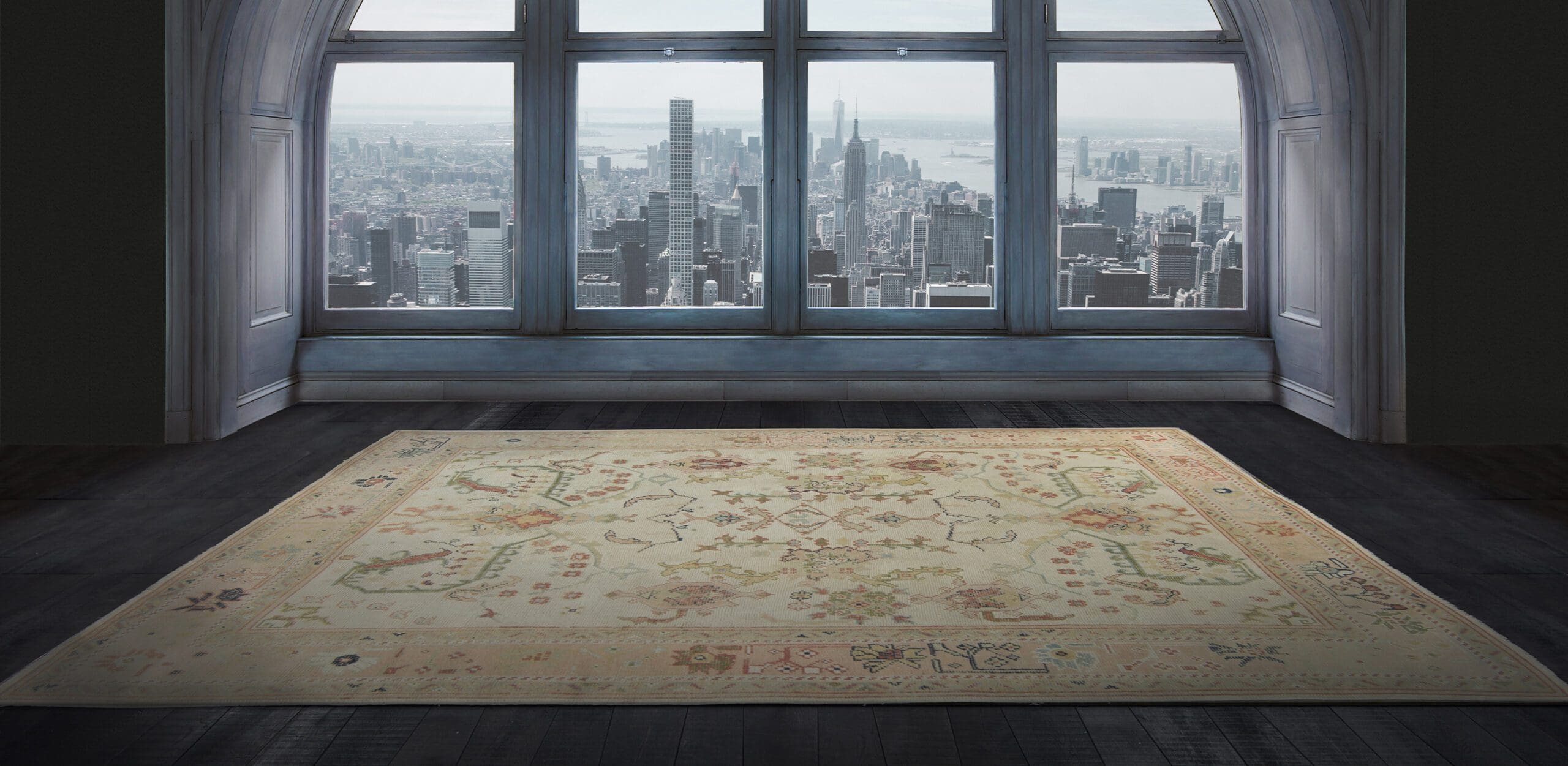
ANATOLIAN
Carpet weaving was introduced in Anatolia around the beginning of 12th century by the Seljuks who produced some of the most splendid carpet fragments. Turkish carpets and rugs are reknown for their rich colours, splendid patterns and warm tones. They have maintained this status since the 13th century when Marco Polo praised them.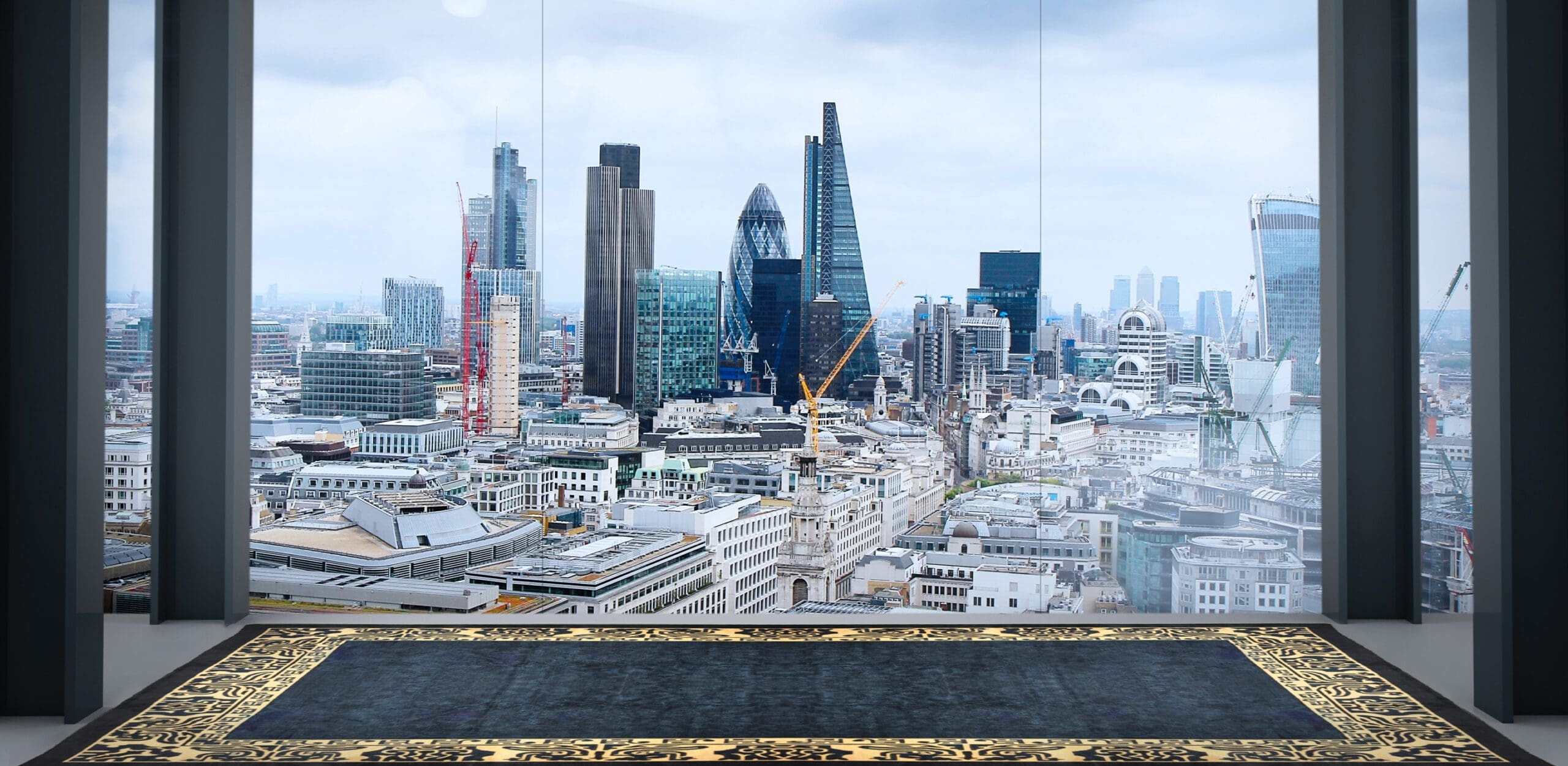
CHINESE
Carpets have been in the Chinese tradition for over 2,000 years and used in the Palaces of the various Emperors. Rug and carpet weaving was officially introduced in China sometime around the 16th century.
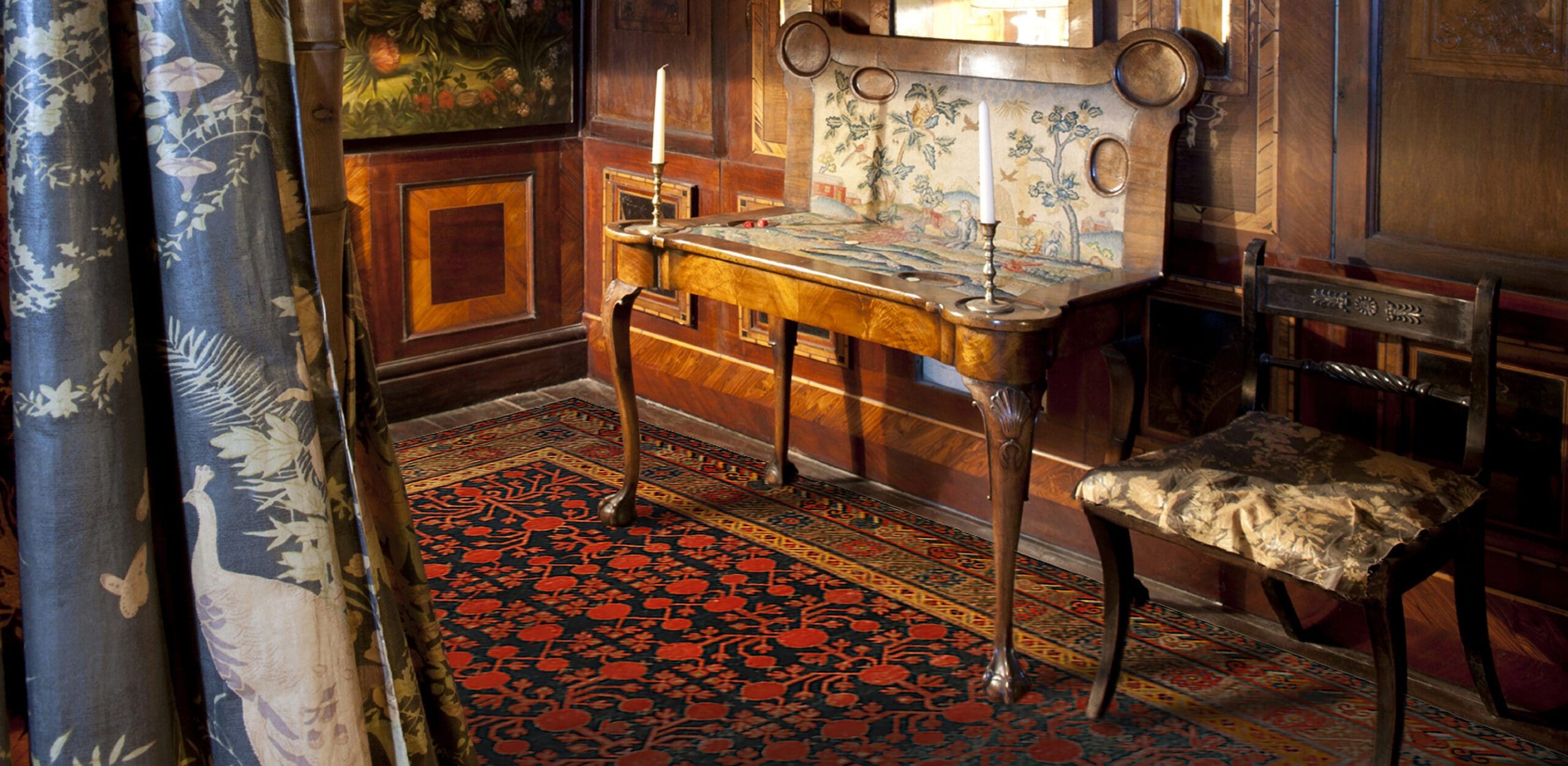
EAST TURKESTAN
East Turkestan Rugs originate from Xinjiang which is located in Northwest China. These rugs are characterised by Chinese and Turkeministan patterns. The older rugs are known as Samarkand carpets whereas the rugs produced after 1945 are more commonly known as Xingjiang rugs and carpets.
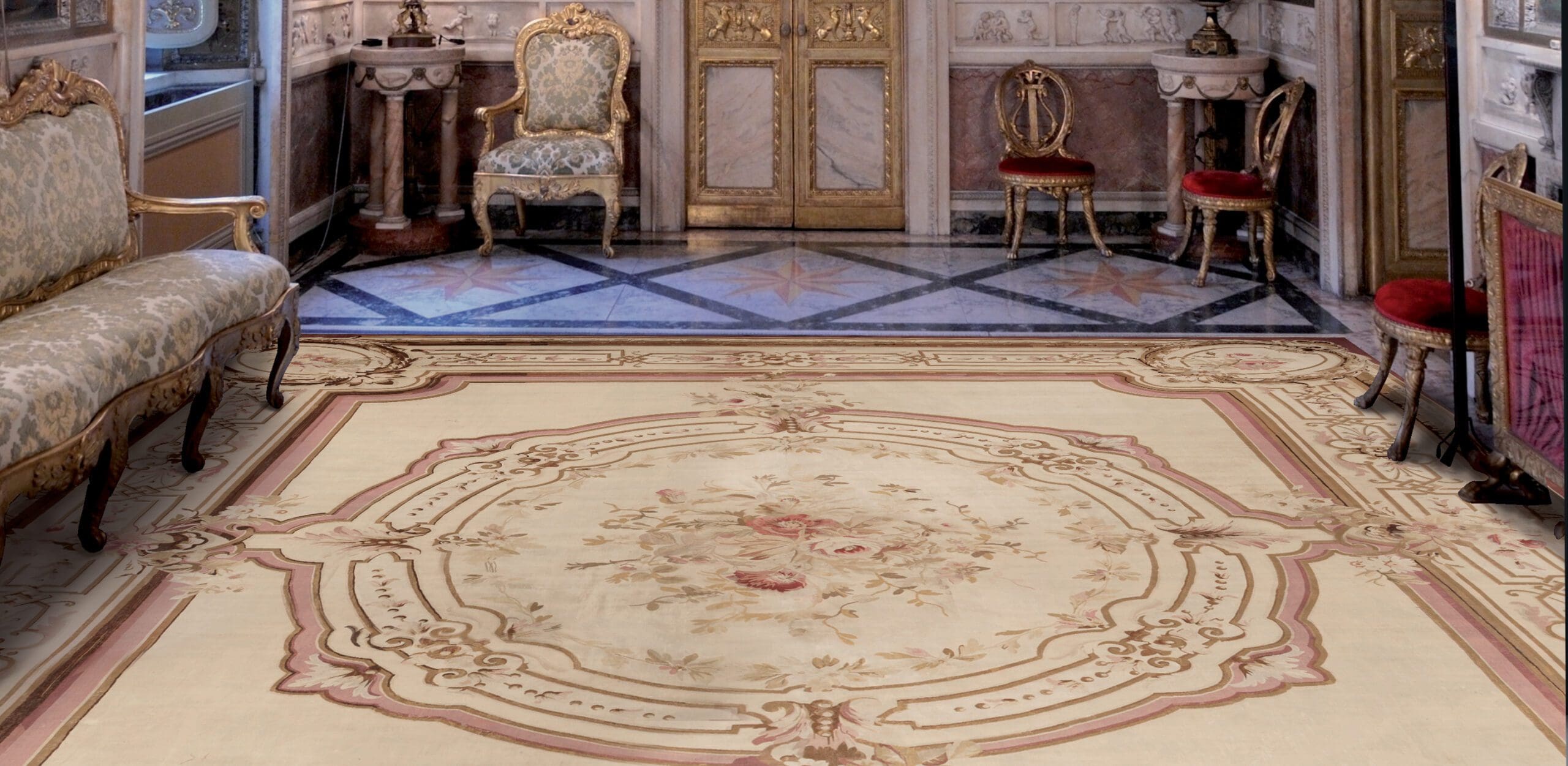
EUROPEAN
The early European rugs and decorative tapestries date back to the Roman Empire which was then inherited by the Medieval Europe. France was one of the pioneers of manufacturing rugs in Western Europe with the very first manufacturing being done for King Louis XIV.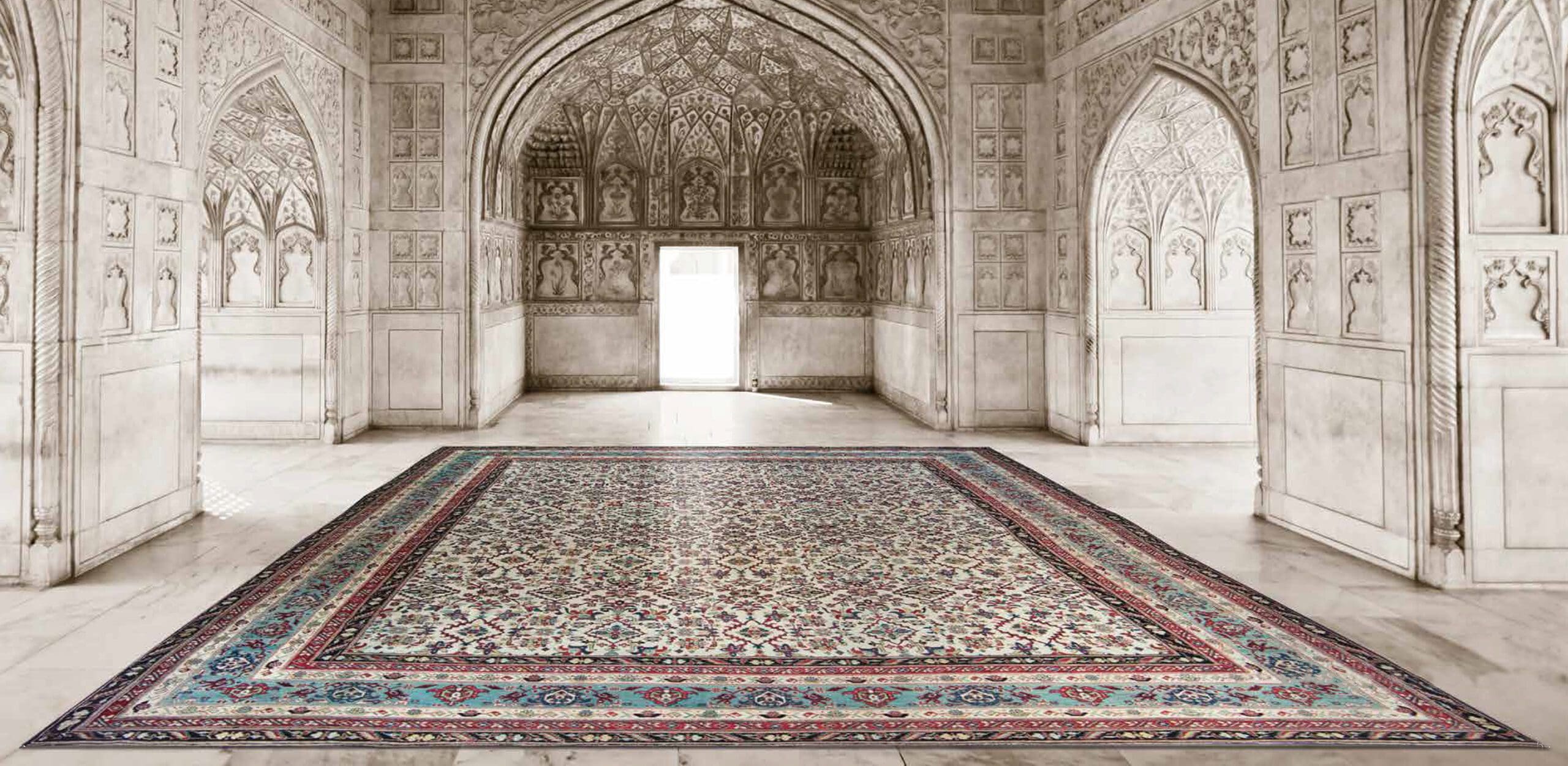
INDIAN
The art of carpet weaving in India was introduced by Mogul Akbar in the 16th century who brought weavers from Persia to make Indian Rugs for his Palace. These talented craftsmen set up workshops using local workers in some key areas in Agra, Dehli and Lahore.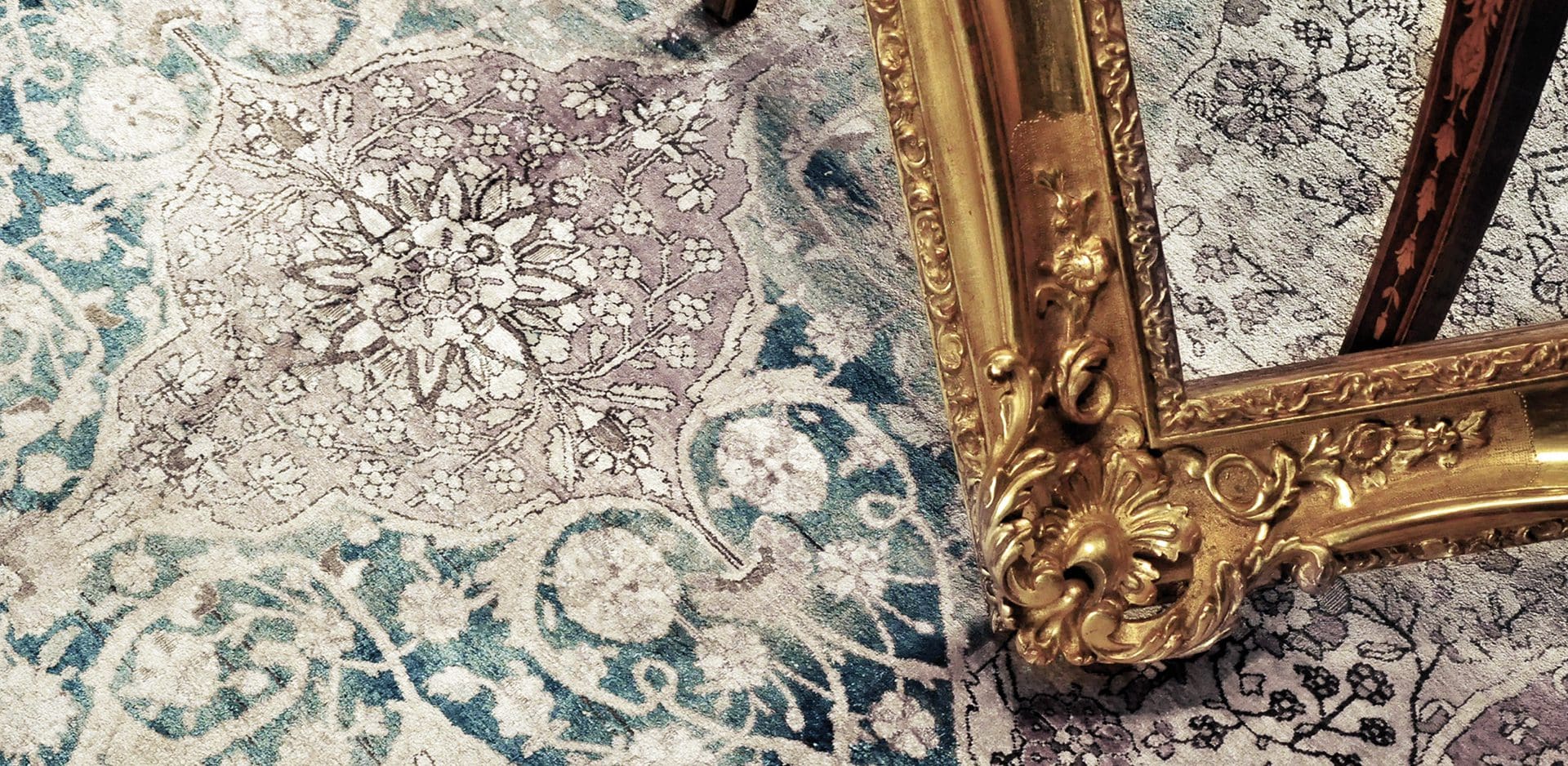
PERSIAN
Persian Rugs go back to 2.500 years ago and through centuries of creativity the art of carpet weaving which was passed from father to son, has achieved a great degree of perfection. Starting as mere items of flooring to protect from the cold and the damp in tribal homes, rugs became items of wealth and distinction in the homes of noblemen.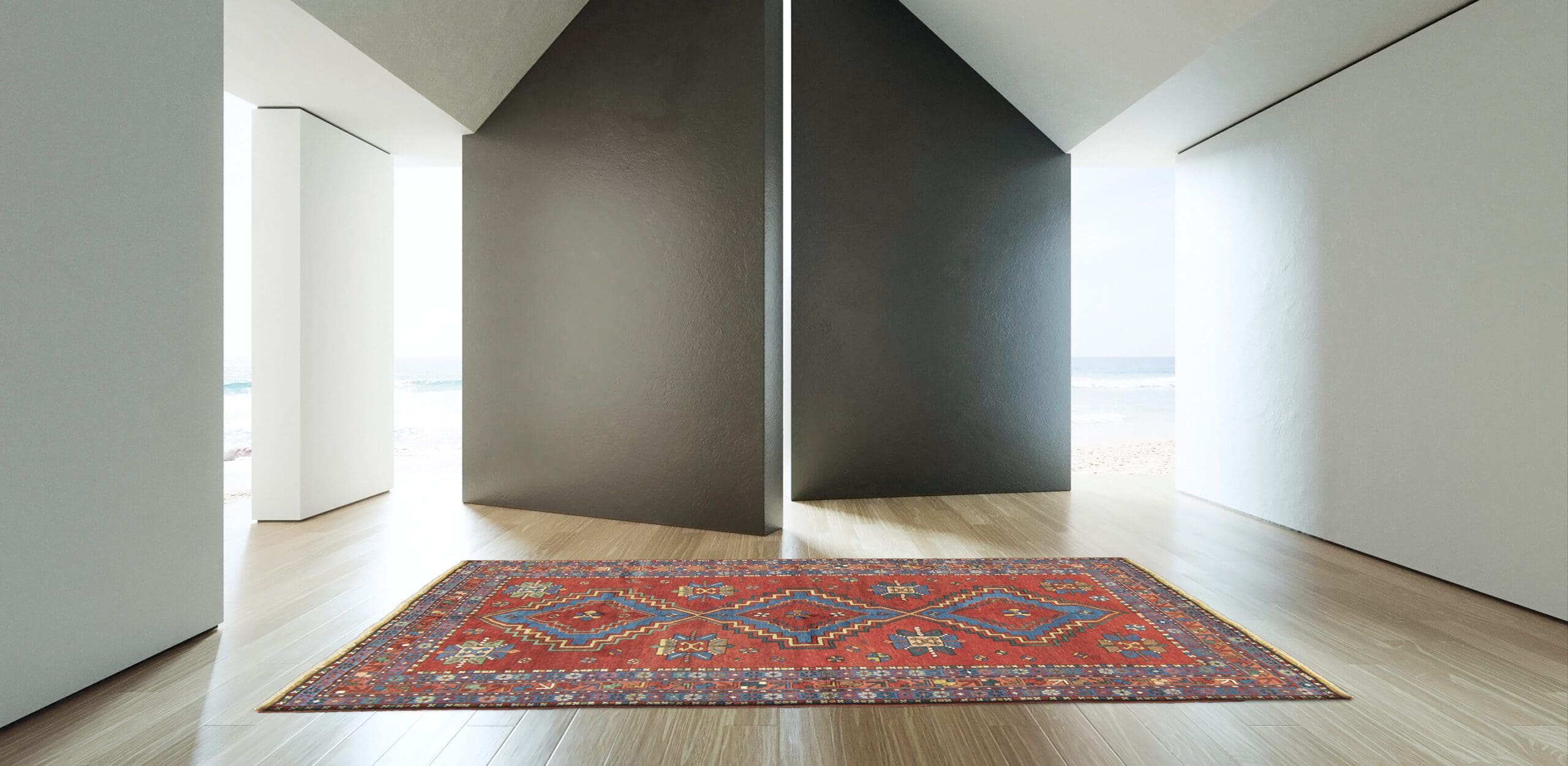
CAUCASIAN
Caucasian Rugs originate from the area between the Black Sea and the Caspian Sea known as Caucasus which comprises of Armenia, Azerbaijan and Georgia today. Each area is reknown for its own type of carpet. For example, Kuba with the famous Chi-Chi and Konaghend patterns that are sought-after by collectors, Shirvans and Daghestans.



